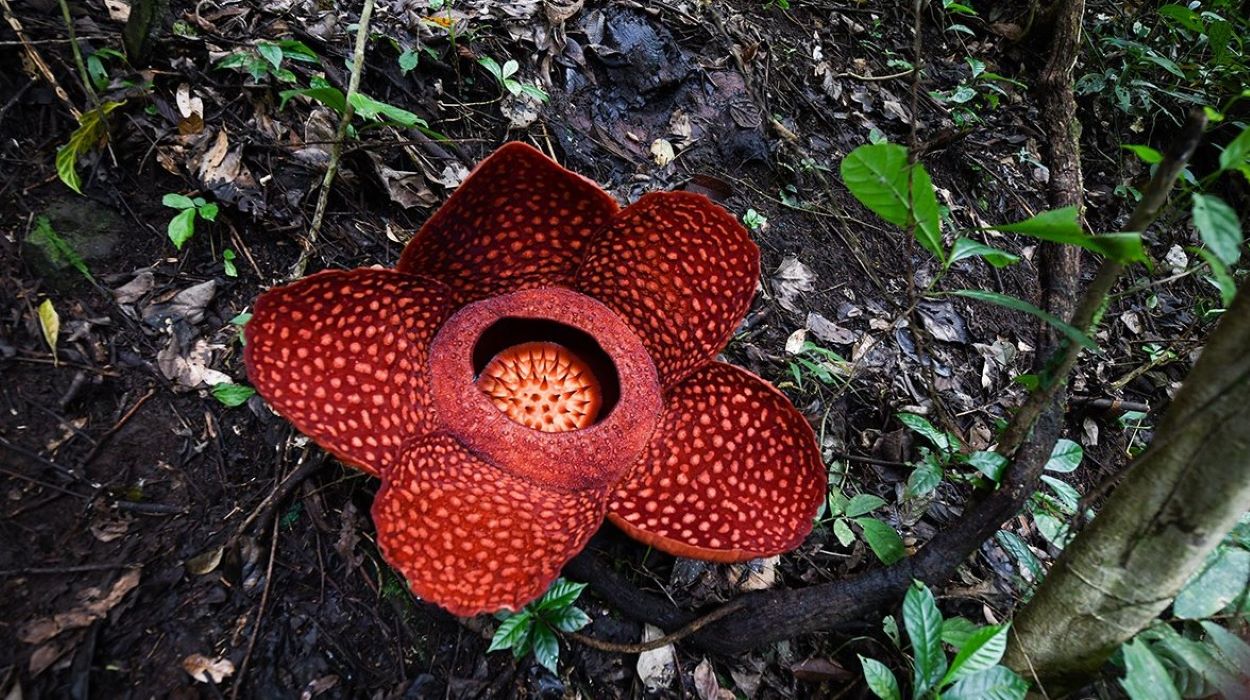A recent study revealed that the iconic Rafflesia flower, renowned for its enormous speckled red petals, is facing a severe extinction threat. Native to Southeast Asia and known as the world’s largest flower, the parasitic Rafflesia lives on tropical vines.
Botanists have struggled to cultivate it outside its natural habitat and analyzed 42 species across countries like Indonesia, Malaysia, the Philippines, and Thailand. The International Union for Conservation of Nature already classifies one species as “critically endangered.”
The study, published in the Plants, People, Planet journal, expressed concerns about the rapid vanishing of Rafflesia’s forest homes and the lack of adequate conservation measures. It estimated that “60% of Rafflesia species face a severe risk of extinction.”
Some species might disappear before they’re even identified, the study warned. “We need a cohesive, cross-regional strategy to conserve these remarkable flowers,” Chris Thorogood from Oxford University’s Botanical Garden commented.
The research highlights Rafflesia’s limited growth regions, making it susceptible to habitat loss. However, conservation success stories include propagation in an Indonesian botanical garden and ecotourism in West Sumatra.
Amidst the ongoing global biodiversity crisis, nations have committed to preserving 30% of land and oceans by 2030. The Rafflesia’s plight underscores the urgency of such initiatives.






